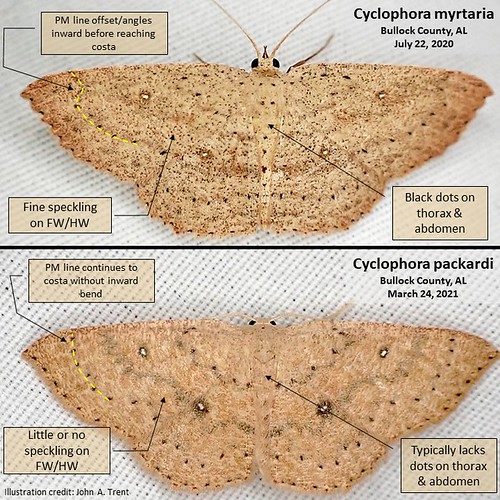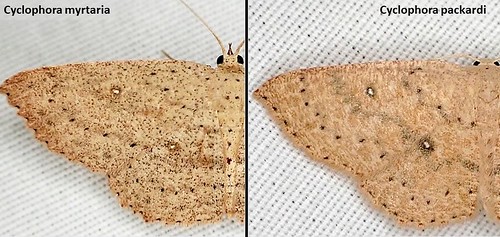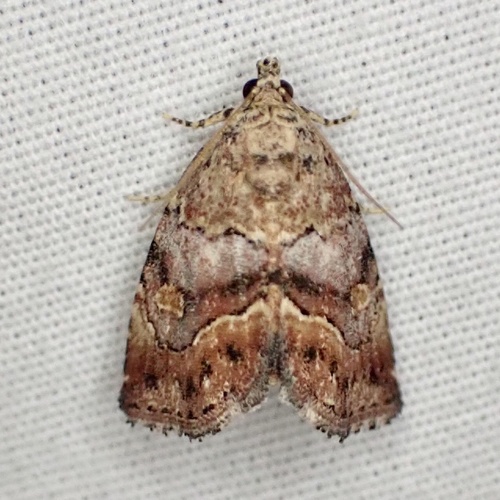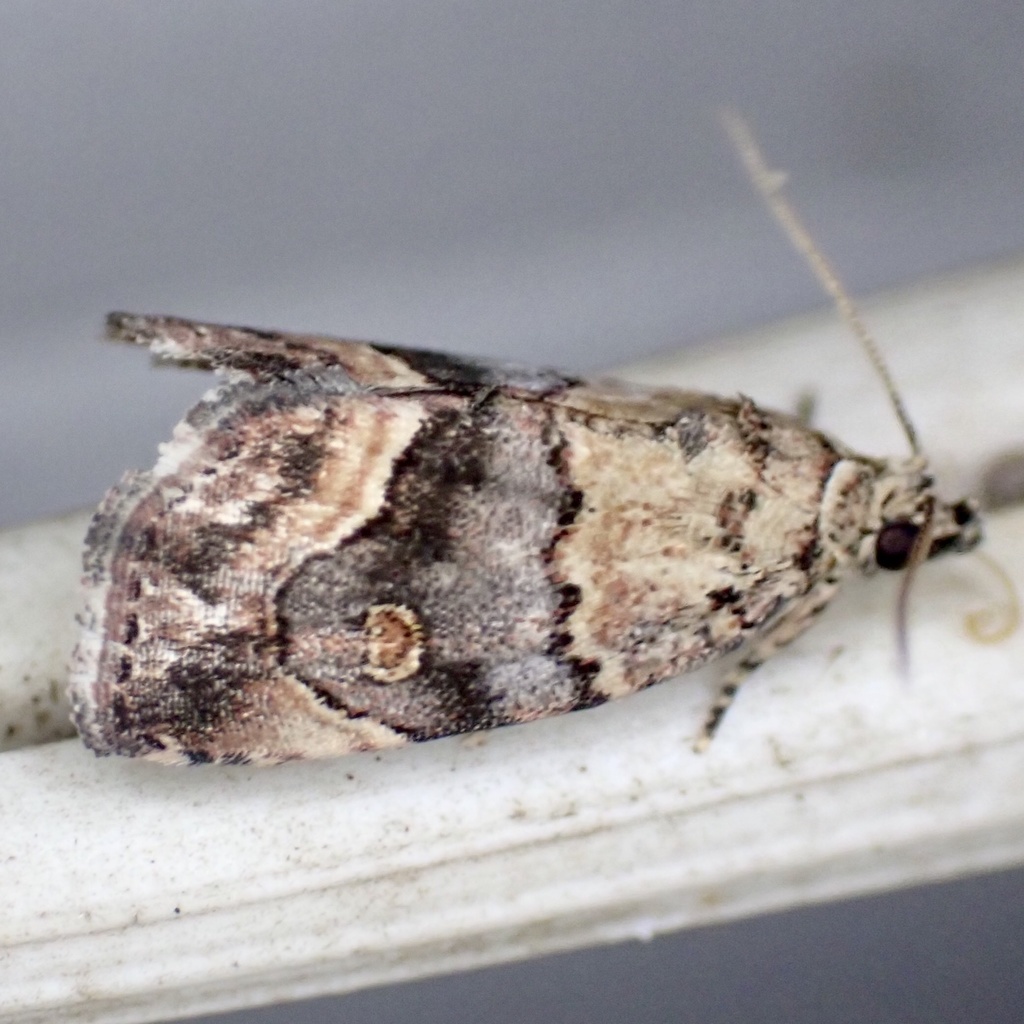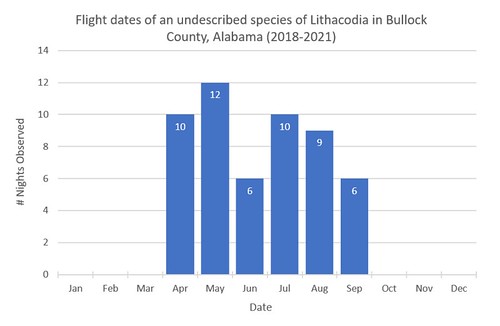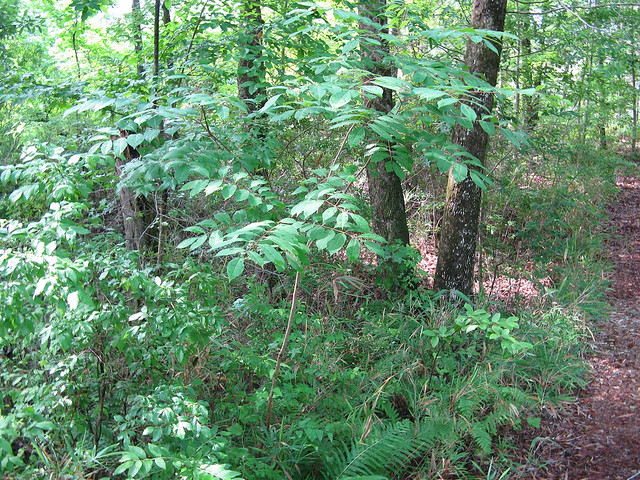Pelochrista fraudabilis is a moth in the family Tortricidae (Tribe Eucosmini) found in the Atlantic and Gulf coastal plain regions of the eastern US . Online resources (Bug Guide | MPG | BOLD) show few scattered records from New Jersey south to Florida in June and July. Heinrich (1923) details multiple individuals in North Carolina collected in June and July. Gilligan and Wright (2013) provide a more in-depth review of the species, showing distribution from New Jersey to Louisiana, with flight times from late May—mid-August.
Over the past four years at my primary survey site in Bullock County, Alabama I have found this species to be an uncommon but regularly encountered species during the summer months. Below are a few notes from my observations on seasonal flight times and habitat for this species.
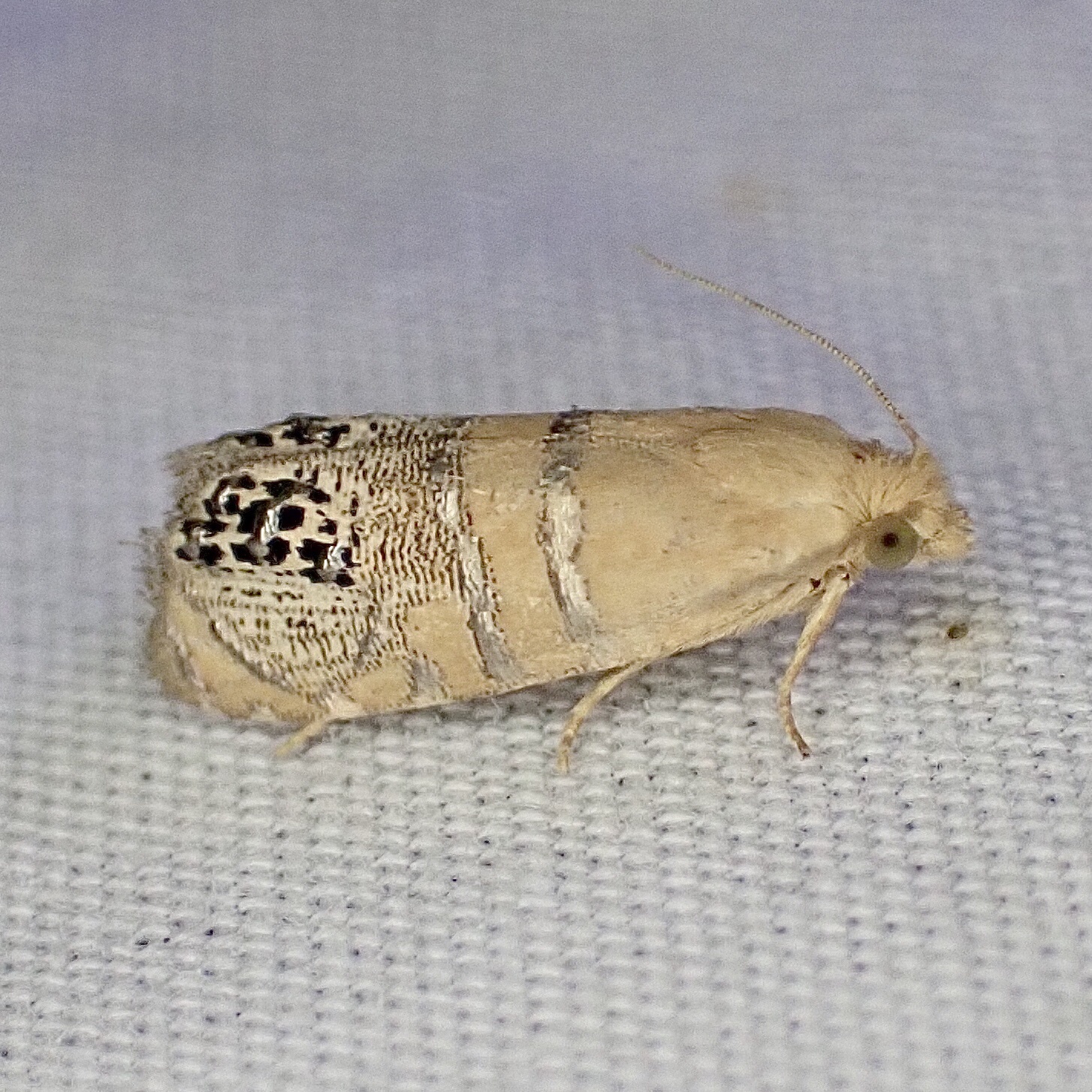
Due to the apparent rarity of the species throughout its range, I have made it a priority to photograph and submit an observation to iNaturalist for each nightly encounter in order to add as many data points as possible. While I haven't kept track of total numbers for each encounter, there have only been a few times where more than one was seen, with no more than 2 (at most 3?) on any given night.
To date I have photographed 27 individuals (plus one from another observer at the survey site) ranging from May 24-Aug 16. Peak flight period occurs in July, specifically the second half of July (although increases in survey effort during National Moth Week likely has influenced total observations during late July).

Habitat at the Bullock County survey site consists of several hundred acres of mature pine savannah, with dense herbaceous understory (See photo below). The dominant canopy trees consist of Shortleaf Pine (Pinus echinata) and Loblolly Pine (Pinus taeda). The area is burned regularly with prescribed fire on a two-year rotation, encouraging numerous species of grasses and herbacous plants in the understory. As I'm not currently aware of the habitat other specimens have been found in, no comparisons can be made.

In the future I'd like to focus sampling effort in other areas nearby in similar habitat to better understand the species' distribution in Alabama. No other locations have reported this species to iNaturalist yet—but based on these findings, areas of similar habitat would be worth checking in late July for at least a 2-3 consecutive nights as this species does not appear to be abundant even during peak flight times.

